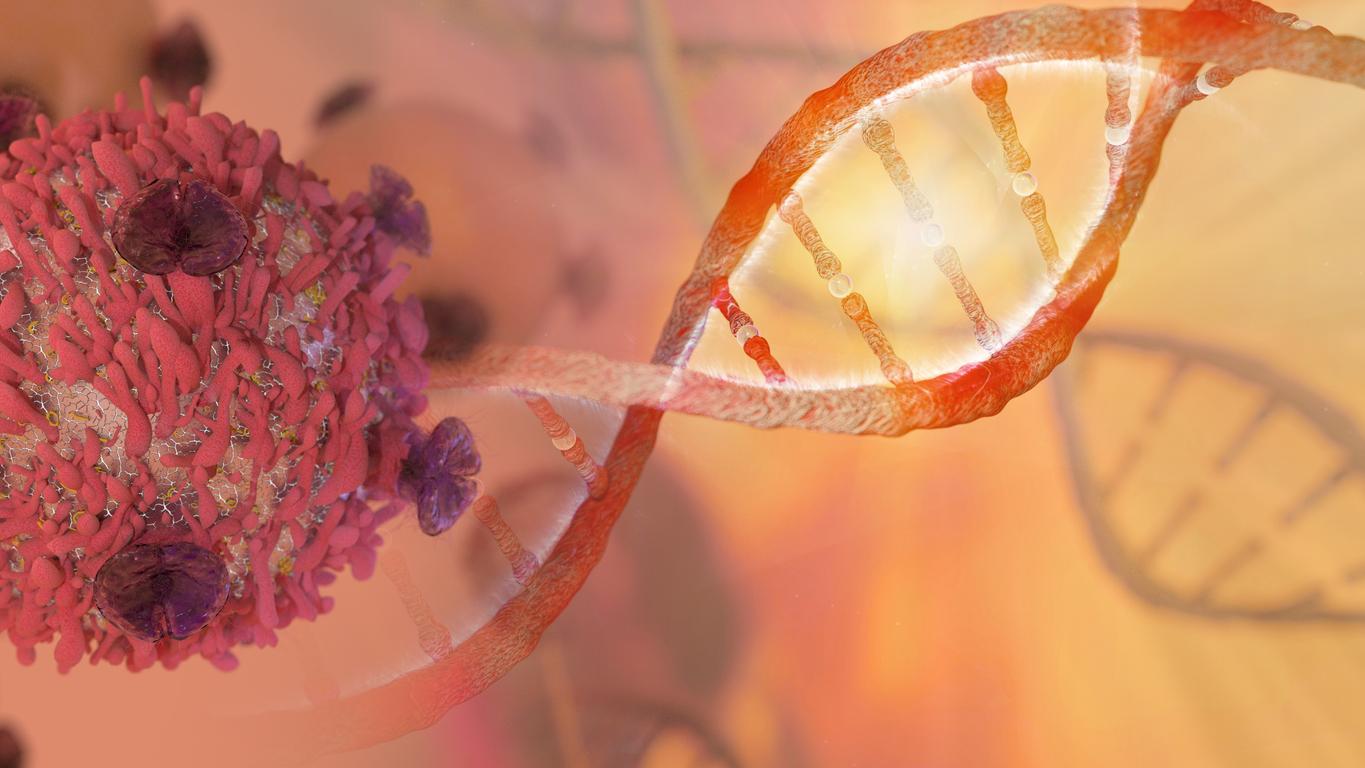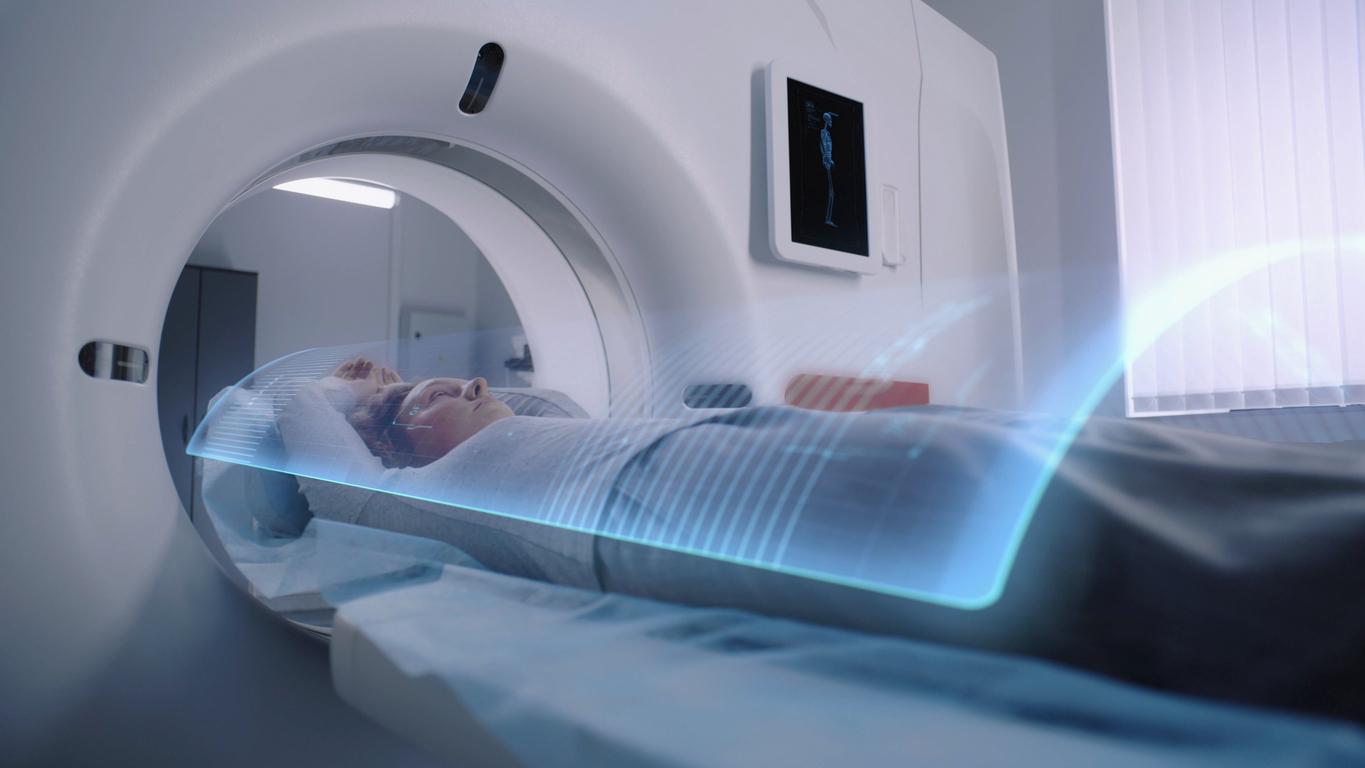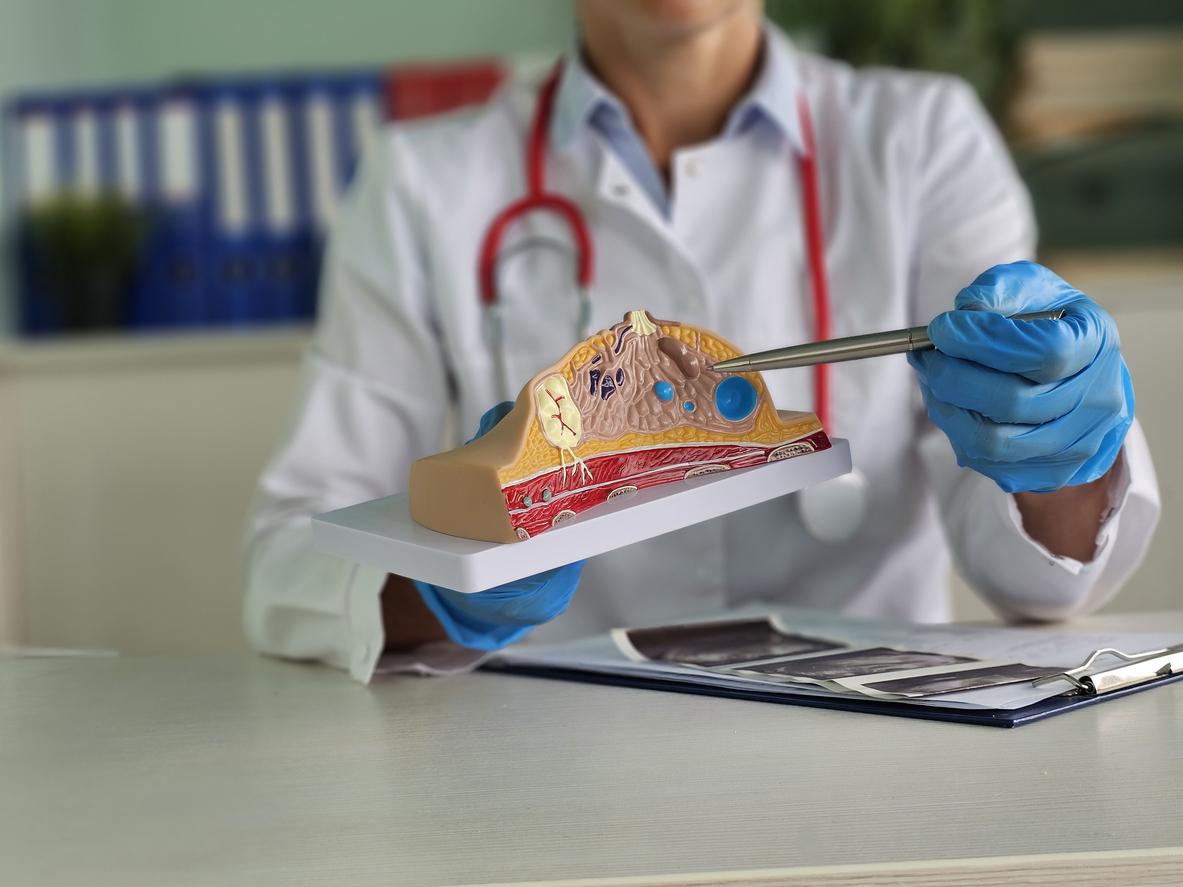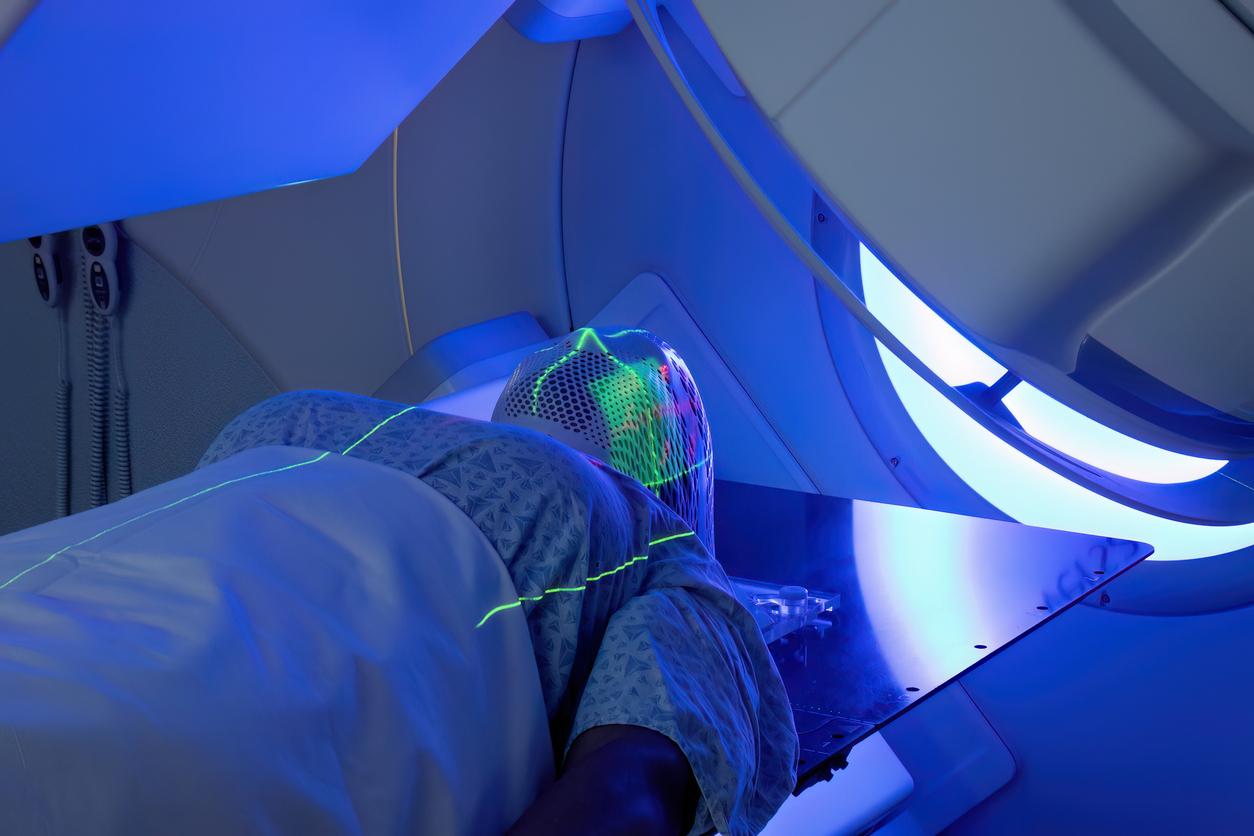It’s a bit the same problem as with breast cancer, except that prostate cancer evolves much more slowly: should we do our best to spot it as soon as possible, even if it means “annoying” men who could have lived without health concerns for many years? To this question, urologists answer in the affirmative. Studies are underway to validate their advice, but specialists from the French Urology Association are convinced that the game is worth the candle. Because sometimes this cancer grows faster or starts earlier. However, the sooner we discover it, the better we can treat it. What is more with treatments which then allow a satisfying sex life.
Rectal examination and blood test required
Testing for a prostate enzyme (PSA) that increases in cancer is helpful, but not sufficient. Because 10% of cancerous lesions are accompanied by a normal PSA. A good screening therefore includes a rectal examination and a blood test. A level greater than 4 ng / ml requires further investigation. But more than the result, it is the progression that counts: a PSA which goes from 1 to 3.2 ng / ml is a priori more worrying than a PSA which evolves from 3.9 to 4 ng / ml. A rate that remains below 1 ng / ml for several years in a row is therefore very reassuring. Men whose two close relatives have suffered from this cancer, and those of African and Caribbean origin have a greater risk factor, and must therefore be screened from the age of 45.
Can any signs alert?
Frequent urges to urinate, difficulty in getting there, recent and inexplicable bone pain can be evidence of prostate cancer. However, these signs do not allow the disease to be detected at an early stage, but rather late.

















